
Get H2
PROJEKTE
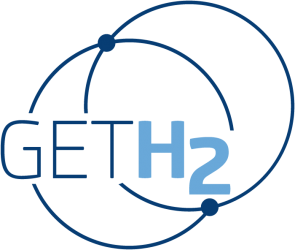 Quelle: ©GETH2, nowega
Quelle: ©GETH2, nowega
Das Projekt GET H2 will Wasserstoff flächendeckend zur Verfügung stellen. © GET H2
Get H2
Die Verfügbarkeit von grünem Wasserstoff ist eine zentrale Voraussetzung für die Erreichung der Klimaziele und die Umsetzung der Energiewende. Im Projekt GET H2 werden daher nicht nur Elektrolysekapazitäten im Großmaßstab aufgebaut, sondern auch eine länderübergreifende Infrastruktur mit der Kopplung aller Sektoren entwickelt. Regionen, in denen viel grüner Wasserstoff mittels Wind- und Solarenergie erzeugt wird, sollen so mithilfe der nötigen Infrastruktur direkt mit industriellen Wasserstoff-Abnehmern verbunden werden.
News (15.02.2024): IPCEI-Projekte: Europäische Kommission genehmigt Förderungen
Wie die Europäische Kommission bekanntgab, wurde die dritte IPCEI-Runde unter dem Titel „Hy2Infra“ nun genehmigt. Hierdurch dürfen die Mitgliedsstaaten öffentliche Mittel in einer Höhe von bis zu 6,9 Milliarden Euro bereitstellen. In der aktuellen Runde sind 32 Unternehmen im Rahmen von 33 Projekten beteiligt – zu denen auch das Projekt GET H2 gehört. Mehr erfahren
News (16.10.2023): Erste Erdgasleitung Deutschlands wird für die Umstellung auf Wasserstoff vorbereitet!
Im Landkreis Emsland wird heute deutschlandweit erstmalig eine Erdgasleitung für die Umstellung auf Wasserstoff vorbereitet. Dabei geht es um eine Leitung zwischen Emsbüren und Bad Bentheim. Im ersten Schritt soll hier das Erdgas auf einer Länge von 30 Kilometern aus den bestehenden Erdgasleitungen gepumpt werden. Hierdurch wird der Einsatz von Wasserstoff in den Leitungen ermöglicht – bis dieser tatsächlich in den Leitungen fließen kann, dauere es laut Netzbetreiber OGE jedoch noch bis Anfang 2025.
Die Leitung soll zukünftig Wasserstoff aus dem Emsland zu industriellen Abnehmern im Ruhrgebiet transportieren. Mehr erfahren
News (27.09.2023): geplante H2-Anbindung in Lingen genehmigt!
Und noch mehr News in dieser Woche: Die geplante H2-Anbindung von Schepsdorf bis Hanekenfähr in Lingen wurde vom Landesamt für Bergbau, Energie und Geologie (LBEG) genehmigt. In der 2,3 km langen Leitung wird der Wasserstoff von RWE AG durchlaufen. Mehr…
News (27.09.2023): Erster Wasserstoff ist produziert!
Der Elektrolyseur mit einer Leistung von 250 kW hat in Lingen den ersten Wasserstoff hergestellt. Der Hochtemperatur-Festoxid-Elektrolyseur (SOEC) kann somit bis zu 170 kg Wasserstoff am Tag produzieren. Mehr…
News (26.09.2023): Realisierungsverträge der Partner sind unterzeichnet!
Die Partner bp, Evonik, Nowega, OGE und RWE haben die Realisierungsverträge unterzeichnet, um der Umsetzung des ersten integrierten IPCEI-Wasserstoffprojektes im Rahmen der Initiative GET H2 ein Stückchen näher zu kommen. Hier geht es zur Pressemitteilung.
News (31.03.2023): RWE bestellt bei Linde zwei 100-Megawatt-Elektrolyse-Anlagen für GET H2 in Lingen!
RWE hat zwei weitere 100 MW PEM-Elektrolyseure für das Projekt GETH2 geordert. Insgesamt soll bis 2026 eine Elektrolysekapazität von 300 MW in Lingen entstehen. Eine Förderentscheidung der EU für das IPCEI-Vorhaben steht weiterhin aus. Mehr..
Im Rahmen des Projekts „GET H2″ soll Wasserstoff in Niedersachsen und Nordrhein-Westfalen flächendeckend zur Verfügung gestellt werden, indem entsprechende Elektrolysekapazitäten und die nötige Infrastruktur aufgebaut werden. Hierfür soll insbesondere bestehende Gasinfrastruktur auf den Wasserstoff-Betrieb umgerüstet und hierüber grüner Wasserstoff für die Industrie in Nordrhein-Westfalen bereitgestellt werden. So sollen u.a. das Stahlwerk von Thyssenkrupp, der Chemiepark Marl der Evonik oder die Ruhr-Oel Raffinerie von bp Gelsenkirchen angebunden werden – aber auch eine Anbindung der Salzgitter AG in Niedersachsen ist vorgesehen.
Die Umsetzung soll in mehreren Schritten bis 2030 erfolgen:
2025: GetH2-Nukleus: Bis 2025 wollen die GET H2 Partner in Lingen eine Elektrolyseleistung von 100 Megawatt aufbauen – perspektivisch soll diese auf 300 Megawatt steigen. Die Erzeugung von grünem Wasserstoff in Lingen soll zudem mit industriellen Abnehmern in Niedersachsen und NRW verbunden werden. Hierfür wird bis 2025 ein rund 130 Kilometer langes Netz von Lingen bis Gelsenkirchen für den Wasserstoff-Betrieb vorbereitet – einerseits durch die Umstellung bestehender Gasleitungen von Nowega und OGE und andererseits durch eine neu gebaute Leitung von der Elektrolyseanlage in Lingen zur Hauptleitung in Richtung Ruhrgebiet.
2026: Erzeugung und Infrastruktur: In Lingen soll 2026 eine zweite 100 MW Elektrolyse mit Anbindung an das Wasserstoffnetz von bp im Projekt „Lingen Green Hydrogen“ aufgebaut werden. Über die Anlage soll unter anderem die angrenzende Raffinerie mit grünem Wasserstoff versorgt werden. Zudem stellt Nowega einen weiteren Leitungsteil auf den Transport von Wasserstoff um, mit dem perspektivisch das Stahlwerk der Salzgitter AG angebunden wird (die Salzgitter AG treibt im Rahmen des Projektes SALCOS die klimafreundliche Stahlerzeugung mittels Wasserstoff voran).
2027: Anbindung an die Niederlande: Bis 2027 erfolgt laut Planungen die Anbindung bis an die niederländische Grenze. Die Verbindung zum Importpunkt Vlieghuis wird durch den GET H2 Partner Thyssengas umgesetzt. Darüber hinaus soll bis 2027 die RWE-Elektrolyseanlage in Lingen auf 300 MW Leistung erweitert werden.
2030: Verbindung der Bausteine: Der letzte Schritt ist bis 2030 die Anbindung der Salzgitter AG über bestehende Gasleitungen der Nowega, die auf den Wasserstoff-Transport umgestellt werden.
Großes CO2-Vermeidungspotenzial
Durch den Einsatz des grünen Wasserstoffs in Raffinerien, in der Stahlproduktion und für weitere industrielle Nutzung verfügt das Gesamtprojekt bis 2030 laut Projektpartnern über ein CO2-Vermeidungspotenzial von bis zu 16 Mio. Tonnen. Von der Umsetzung sollen auch weitere Unternehmen in den jeweiligen Regionen profitieren, da z.B. auch mittelständische Unternehmen als weitere Erzeuger oder Abnehmer von grünem Wasserstoff an das Netz angebunden werden können.
Alle Projekte stehen unter dem Vorbehalt einer finalen Investitionsentscheidung der jeweiligen Projektpartner.
Partner
Der Fernleitungsnetzbetreiber GASCADE Gastransport GmbH transportiert jährlich rund 109 Mrd. m³ Erdgas über das eigene 2.900 km lange Leitungsnetz. In Zukunft soll das Netz ebenfalls zum Transport von Wasserstoff genutzt werden.
Logo: © GASCADE Gastransport GmbH
Die BASF ist ein Chemiekonzern mit über 110.000 Beschäftigten. Aktuell entwickelt das Unternehmen mit der Methanpyrolyse ein Verfahren zur klimafreundlichen Produktion von Wasserstoff.
Logo: © BASF SE
Die BP Europa SE ist ein internationaler Energiekonzern mit rund 10.500 Mitarbeiterinnen und Mitarbeitern. Im Bereich Kraftstoffe forscht der Konzern an klimafreundlichen Alternativen, die die fossilen Kraftstoffe ersetzen können.
Logo: © BP Europa SE
RWE Generation SE ist Teil der RWE AG und für die Stromerzeugung verantwortlich. Im Bereich Wasserstoff engagiert sich das Unternehmen von der Erzeugung erneuerbarer Energien über die Produktion von Wasserstoff bis zu dessen Speicherung.
Logo: © RWE AG
Die Thyssengas GmbH ist ein Ferngasnetzbetreiber für Erdgas mit einem 4.400 km langen Transportnetz und forscht in unterschiedlichen Vorhaben zum Thema Wasserstoff und Wasserstoffinfrastruktur.
Logo: © Thyssengas GmbH
Evonik ist ein Unternehmen der Spezialchemie mit mehr als 33.000 Beschäftigten. Aktuell arbeitet der Konzern an einer innovativen Membran, um die Elektrolyse effizienter und somit wirtschaftlicher zu gestalten.
Logo: © Evonik Industries AG
Die Nowega GmbH ist ein Fernleitungsnetzbetreiber mit rund 1.500 km Gashochdruckleitung. Im Leitungsnetz kann in Zukunft Wasserstoff an potentielle Abnehmer in Niedersachsen verteilt werden.
Logo: © Nowega GmbH
Die H2 Green Power & Logistics GmbH mit Standort in Münster beschäftigt sich u. a. mit dem Einkauf bzw. dem Import sowie dem Vertrieb von Wasserstoff.
Logo: © H2 Green Power & Logistics GmbH
Uniper ist ein internationaler Energiekonzern mit ca. 12.000 Beschäftigten, dessen Wasserstoff-Aktivitäten sich über die gesamte Wertschöpfungskette verteilen.
Logo: © Uniper SE
Der Energieversorger ENERTRAG beschäftigt europaweit 540 Mitarbeiterinnen und Mitarbeiter und erzeugt seit 2011 aus Windenergie grünen Wasserstoff.
Logo: © ENERTRAG
Der Stahl- und Technologiekonzern Salzgitter AG hat über 24.000 Beschäftigte und will in Zukunft mithilfe von Wasserstoff klimafreundlichen Stahl herstellen.
Logo: © Salzgitter AG
Die Open Grid Europe GmbH (OGE) ist ein europäischer Fernleitungsnetzbetreiber mit einem Leitungsnetz von ca. 12.000 km.
Logo: © Open Grid Europe GmbH
Bleiben Sie informiert – mit unserem Newsletter „NWN direkt…“
Sie möchten über diese und andere spannende Wasserstoff-Projekte aus Niedersachsen informiert bleiben? Dann melden Sie sich bei unserem Newsletter an!

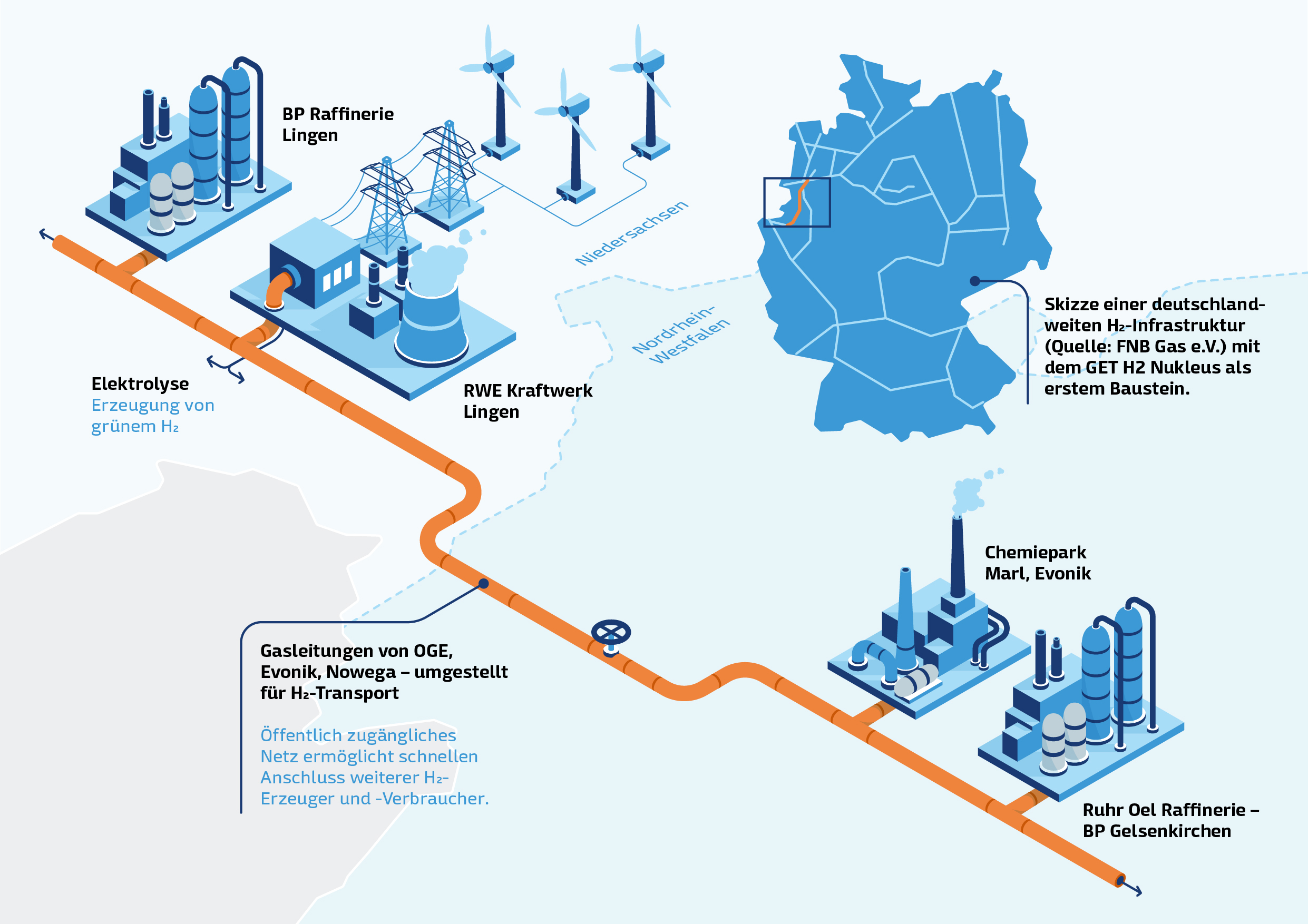
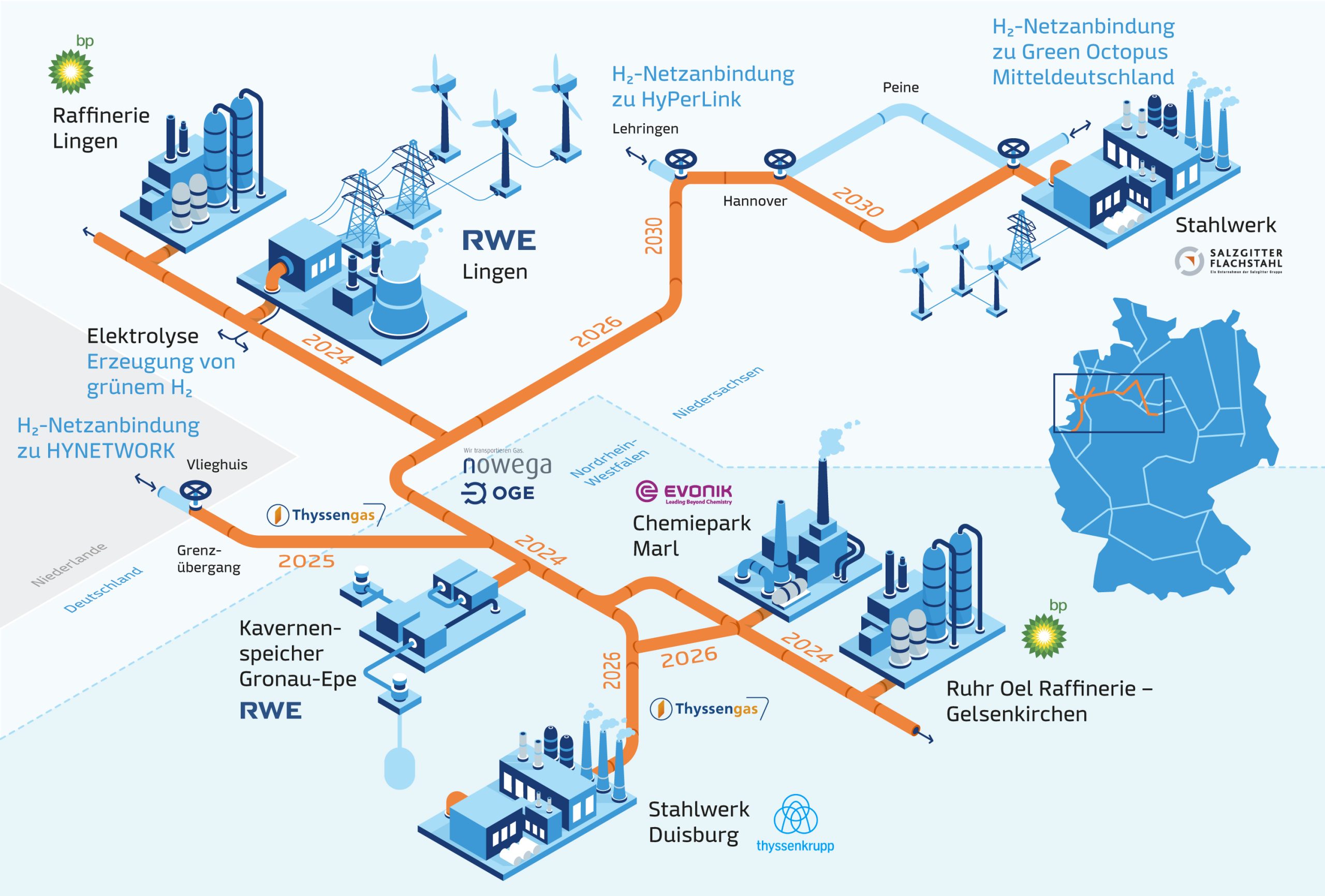
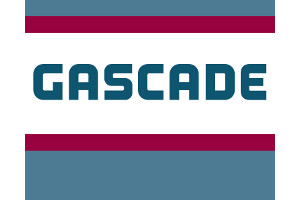




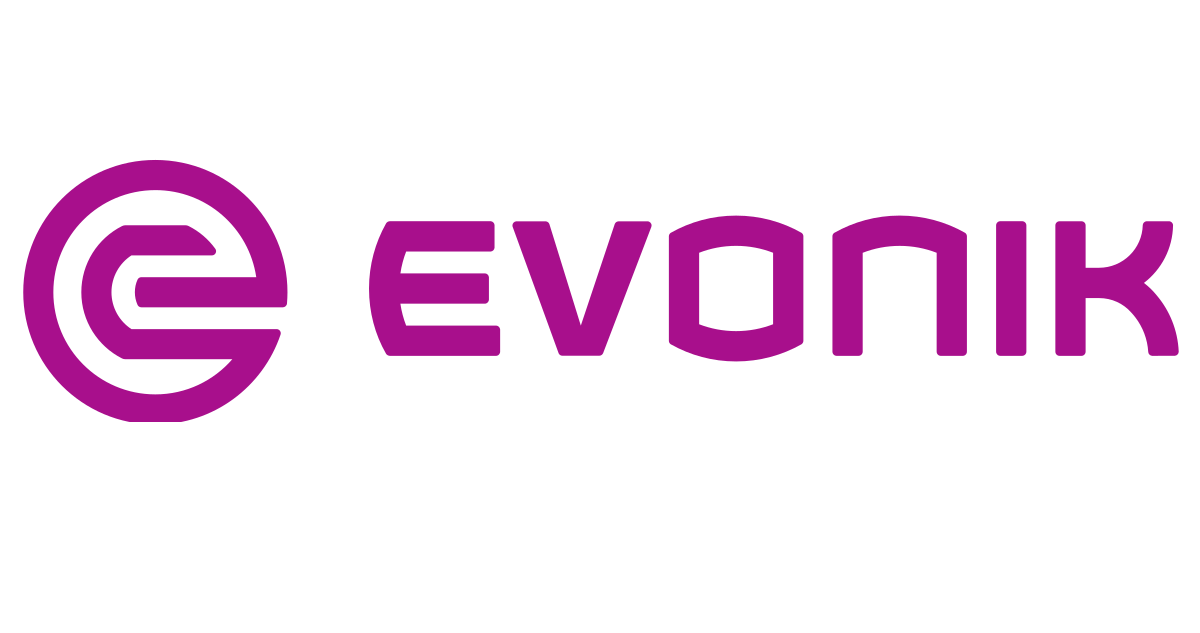
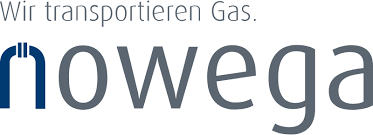






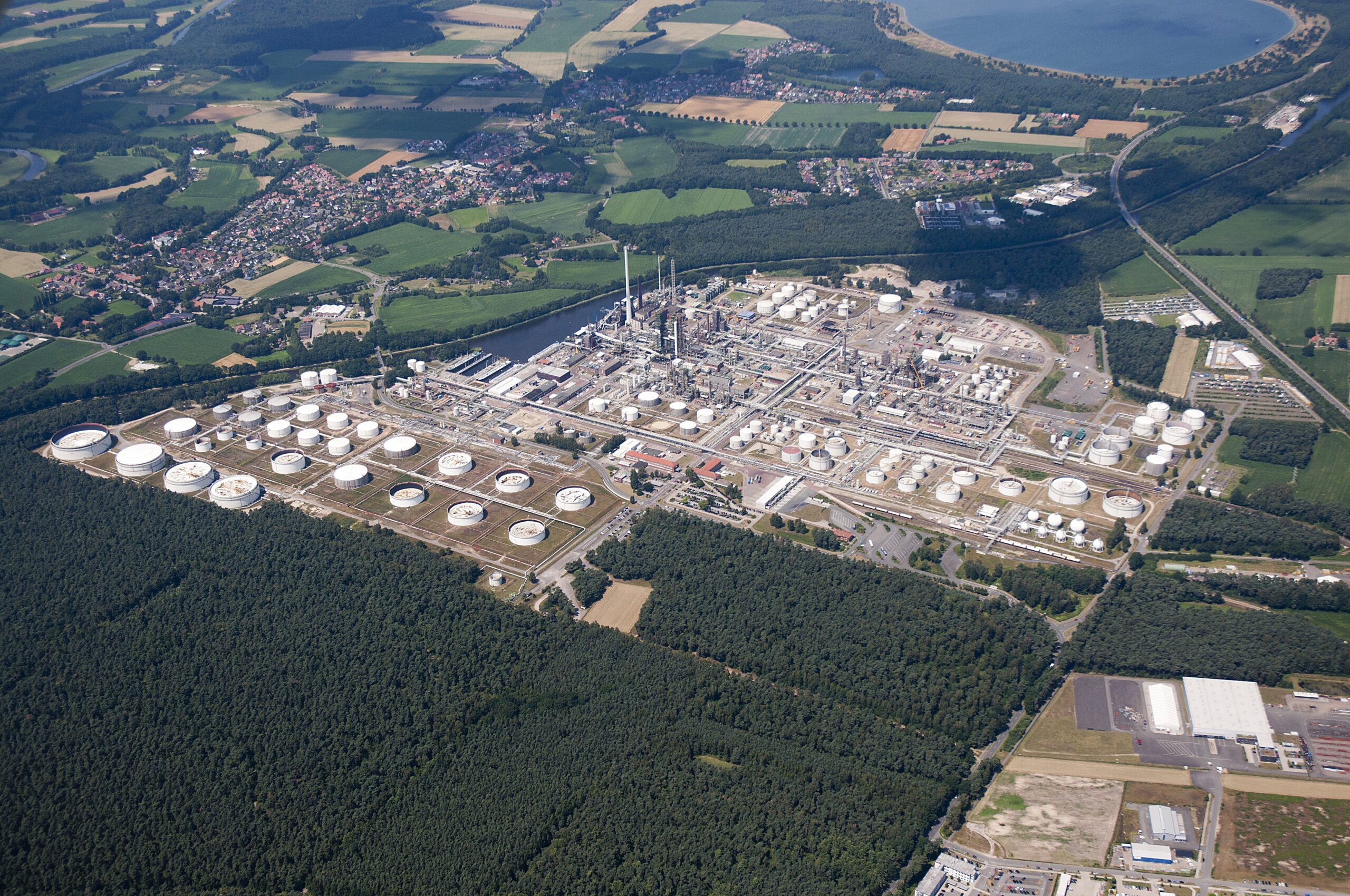
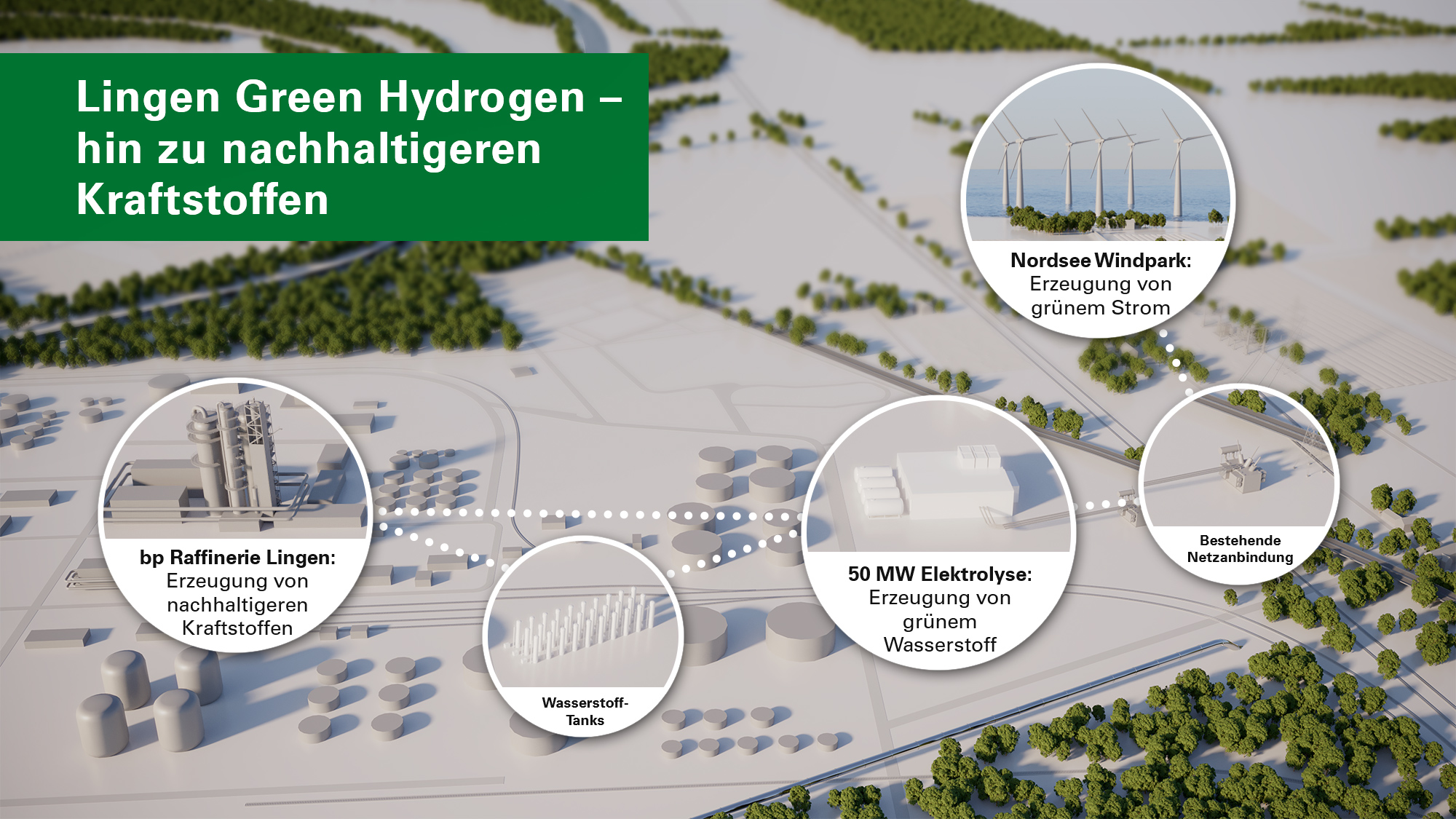


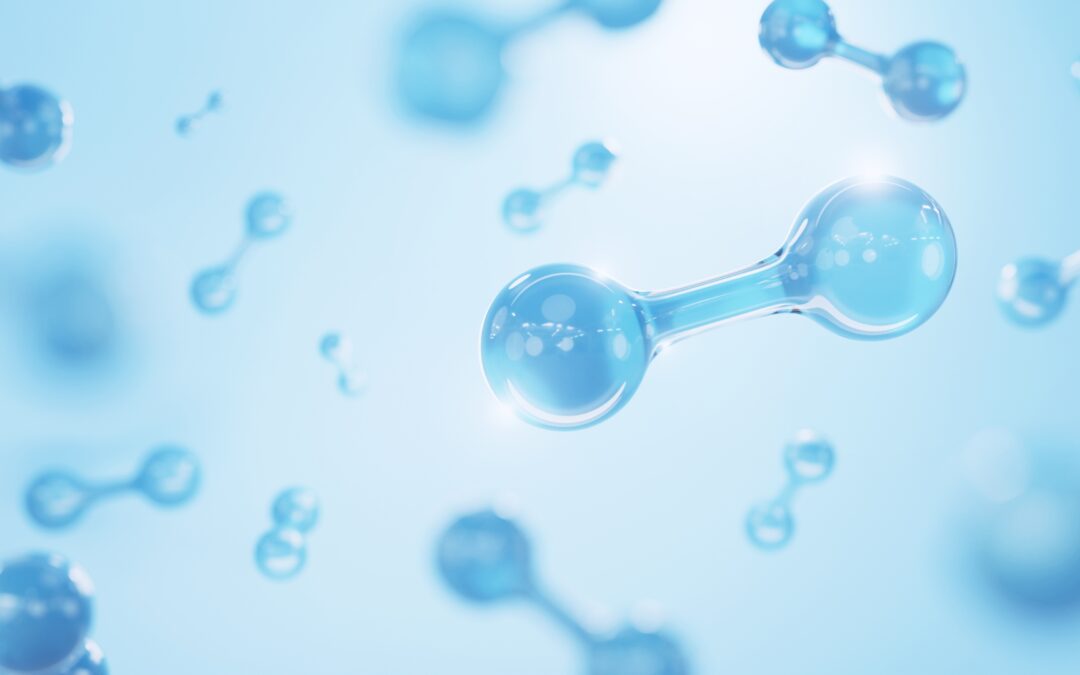
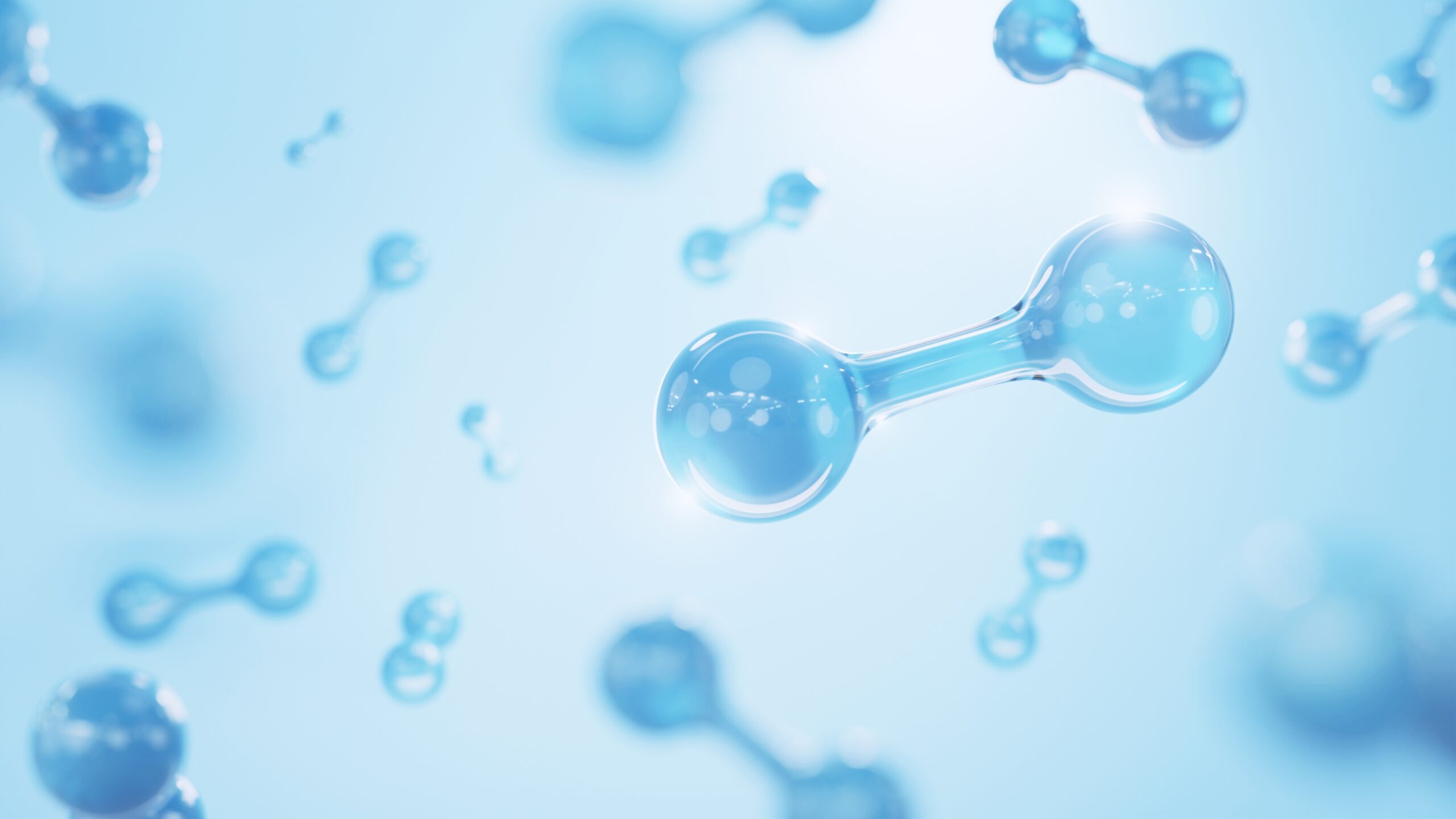
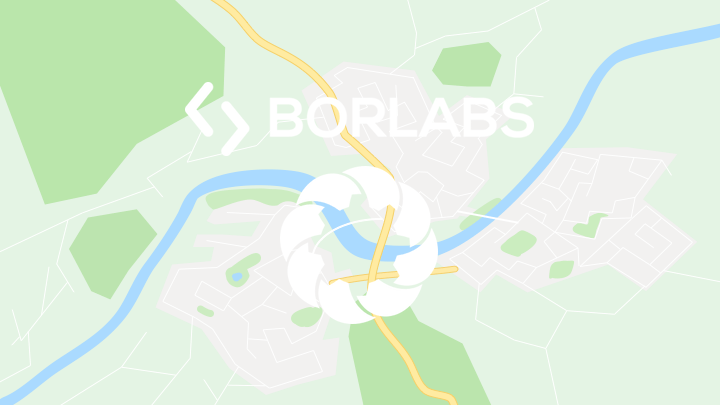
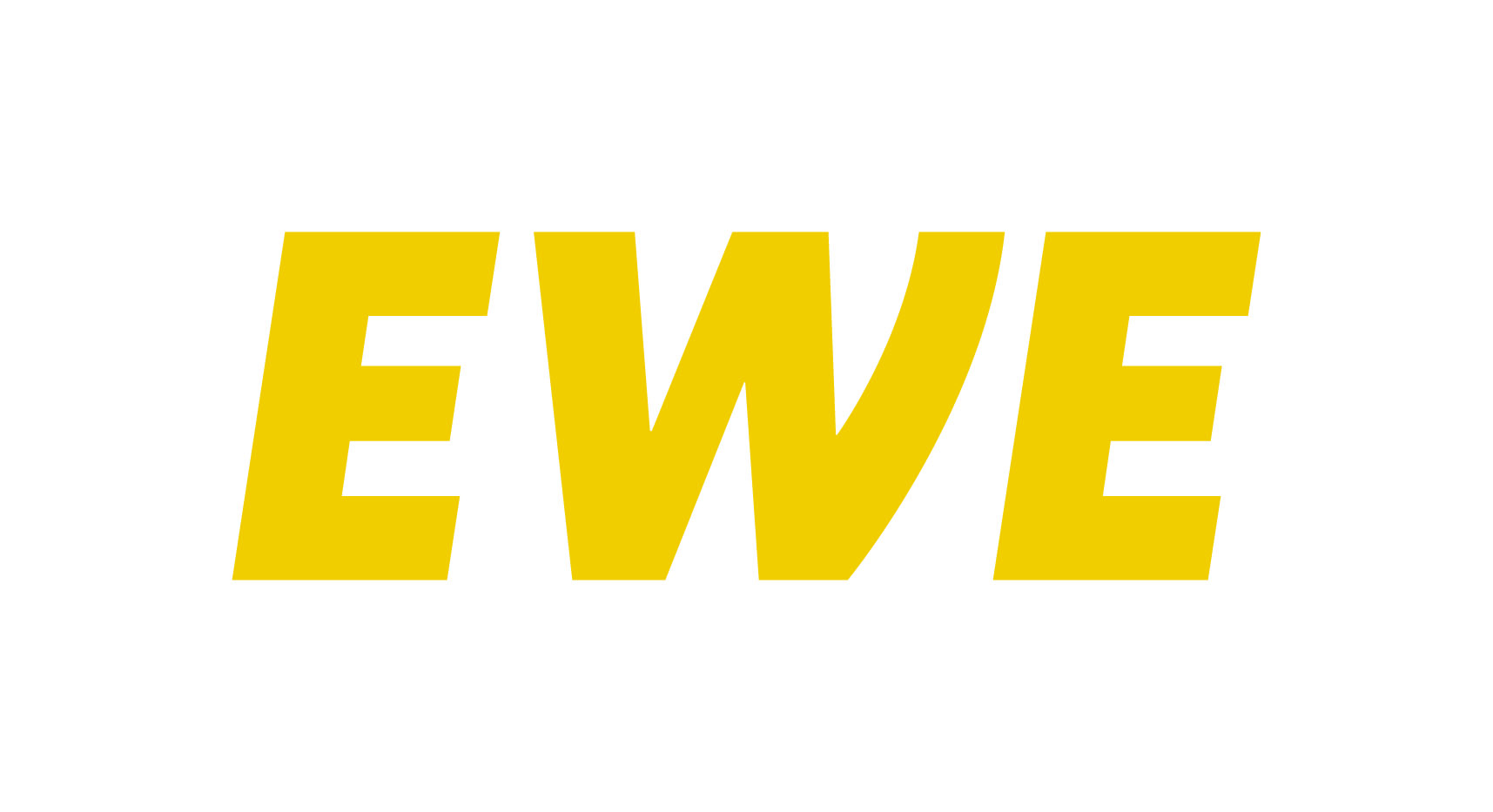
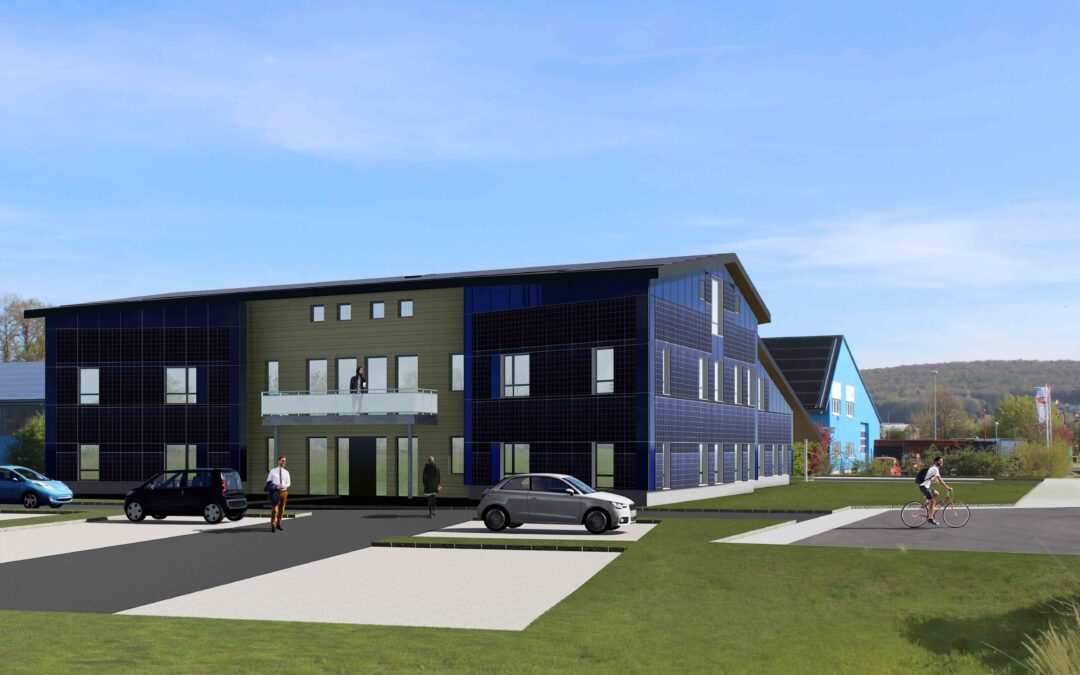
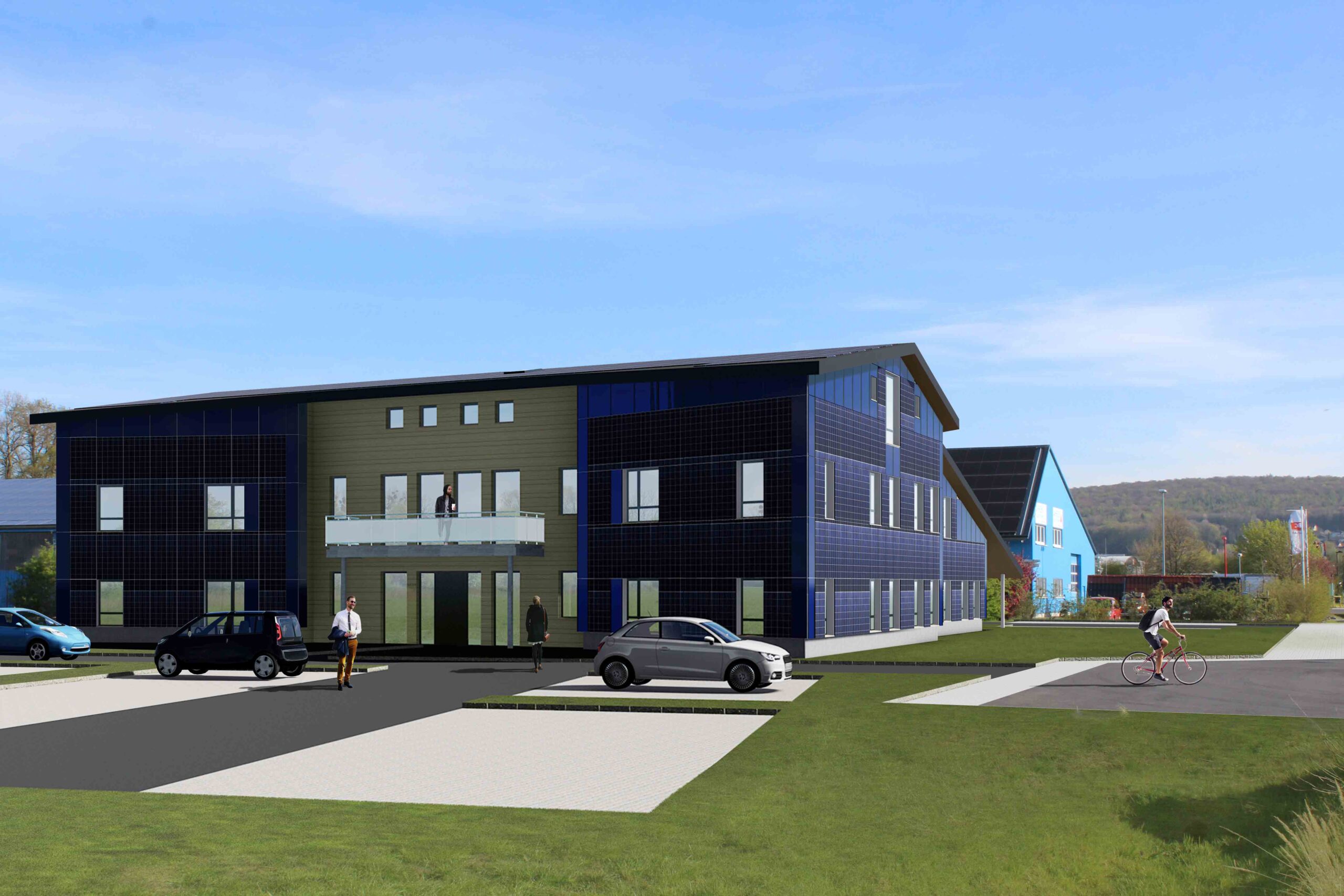
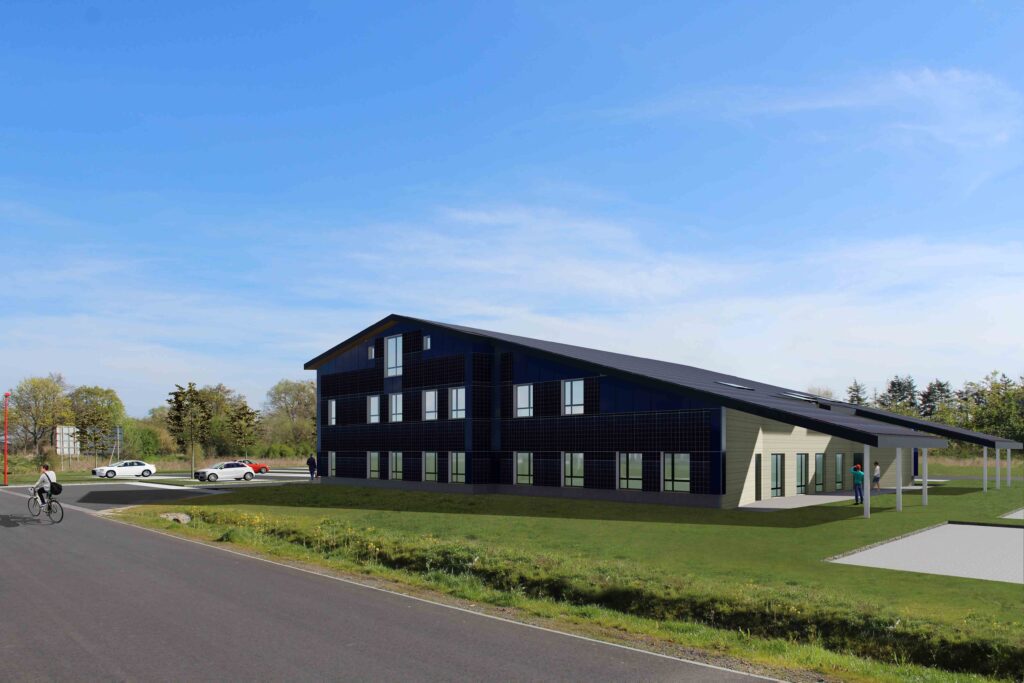

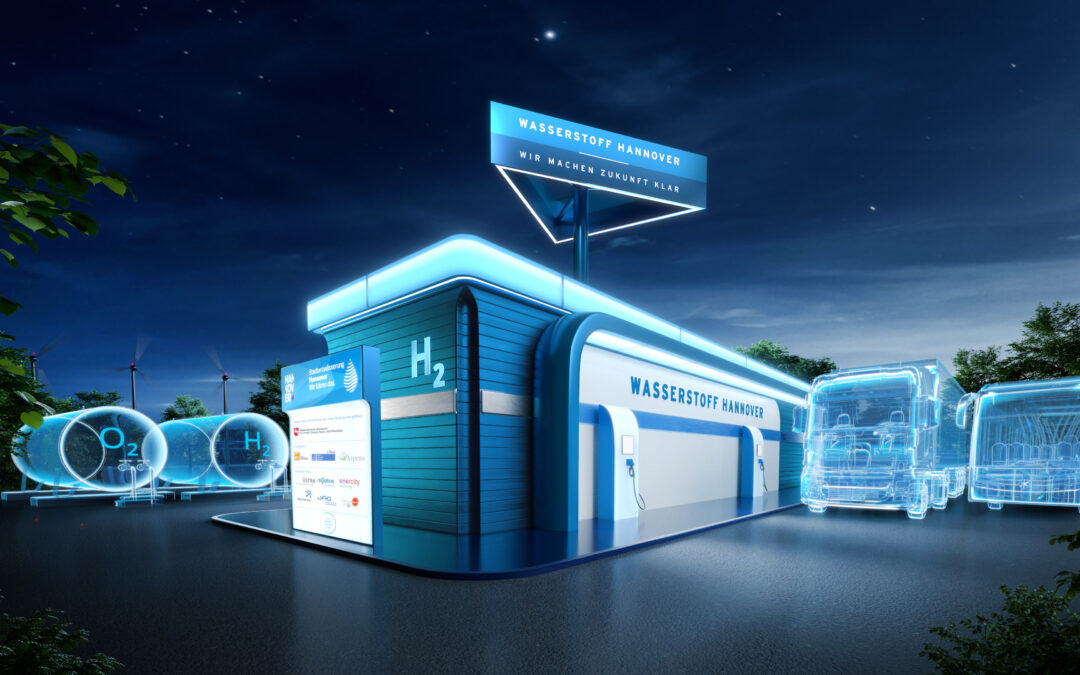
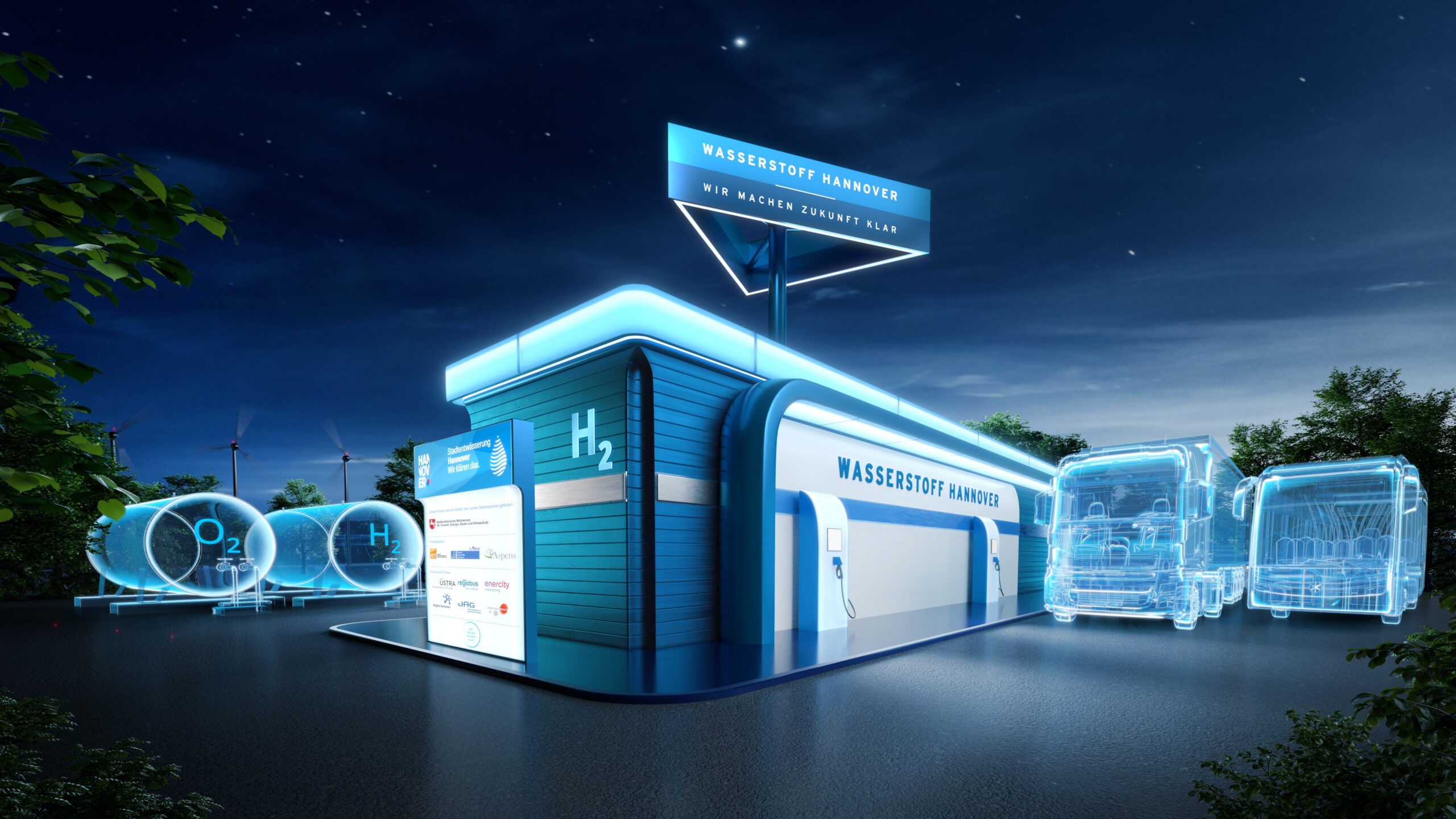

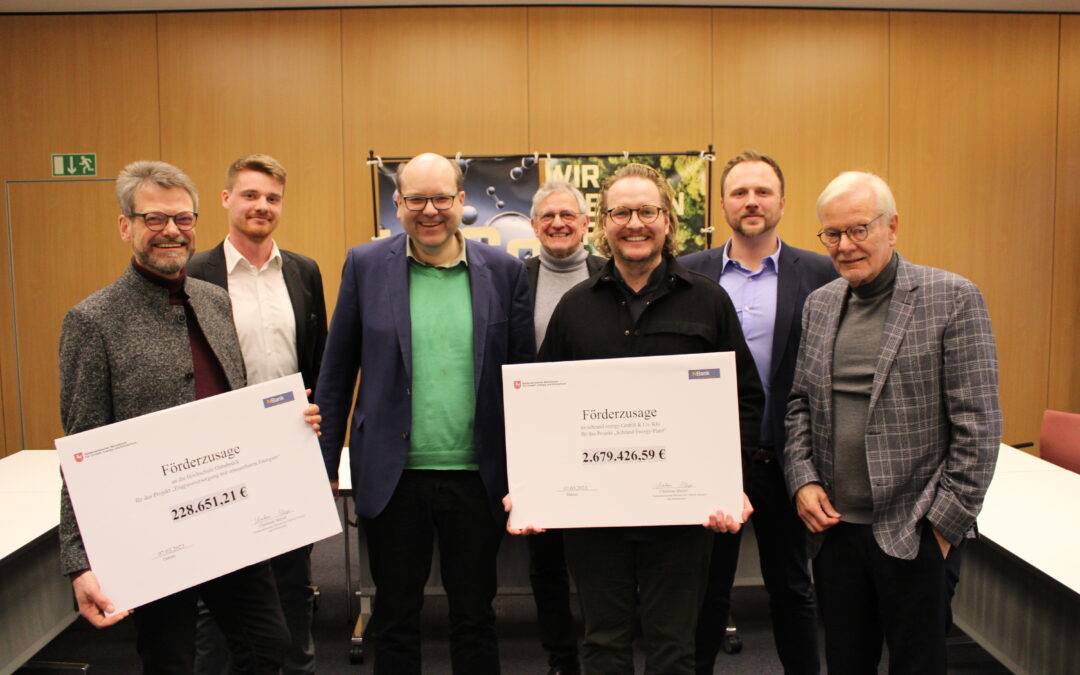

Neueste Kommentare